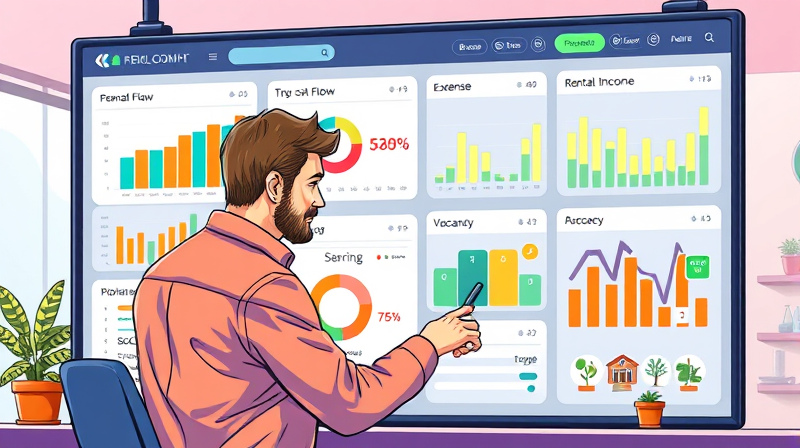
For many landlords, balancing income and expenses across multiple properties can feel like navigating a stormy sea without a compass. By embracing modern software solutions, property owners can transform chaotic ledgers into clear, strategic roadmaps.
In this article, we explore the essential components of effective cash flow management, common pain points in traditional tracking, and how specialized landlord tools deliver automated and real-time insights that drive profitability and growth.
Cash flow represents the difference between all rental income and every expense associated with a property, including mortgage payments, taxes, insurance, utilities, maintenance, and management fees. Positive cash flow ensures you remain solvent, fund future improvements, and scale your portfolio sustainably.
Maintenance expenses typically account for 5-25% of annual rental income, depending on property age and condition. For example, properties 0–10 years old often incur 5–15% maintenance costs, while assets older than 50 years may rise to 15–25%. Vacancy rates also influence projections: single-family homes average 5% downtime, whereas multi-unit or college rentals hover closer to 10%.
Effective cash flow strategies rely on accurate forecasting, buffer planning for unexpected repairs, and disciplined rent collection. Without automated tools, many landlords find themselves overwhelmed by scattered spreadsheets and missed payment deadlines.
Manual tracking of income versus expenses is time-consuming and prone to data-entry errors. It’s easy to overlook minor line items until they balloon into major discrepancies.
Unanticipated costs—such as emergency plumbing repairs or extended vacancies—can disrupt budgets and erode profit margins. Traditional approaches often lack predictive expense modeling, leaving landlords scrambling to cover shortfalls.
Furthermore, inconsistent rent collection and tenant payment issues contribute to unpredictable cash flow. Nearly 7 in 10 renters are more likely to pay on time when rent payments are reported to credit bureaus, yet many landlords lack integrated credit-reporting options.
Advanced landlord platforms consolidate essential functions into a unified environment, empowering owners with data-driven decision making.
Several platforms stand out for their robust feature sets and user-friendly interfaces. Consider the following comparison when evaluating options for your portfolio size and workflow preferences:
When applied effectively, landlord tools unlock both time savings and financial clarity.
Getting started involves a few straightforward steps. Once you input accurate property details, the platform instantly generates actionable insights.
Industry experts highlight the transformative impact of automation on landlord workflows. One seasoned investor noted that streamlining tax preparation via automated reporting reduced annual accounting fees by 30%, freeing resources for property upgrades.
Users repeatedly praise improved tenant-landlord relationships. Transparent digital records and credit reporting foster improved tenant-landlord communication and accountability, leading to higher occupancy and on-time payments.
Platforms designed for scalability smoothly transition from single-property landlords to large portfolios, ensuring consistent oversight across dozens or even hundreds of units.
Effective cash flow management is the cornerstone of sustainable real estate investing. By adopting a specialized landlord tool, you gain detailed cash flow analysis and projections that empower confident, strategic decisions.
Whether you manage a single rental or a multi-property empire, the right software can transform chaotic spreadsheets into a clear roadmap for growth. Explore free trials, compare features, and select the platform that aligns with your portfolio’s needs. Start your journey toward streamlined financial oversight today and unlock the true potential of your real estate investments.
References













